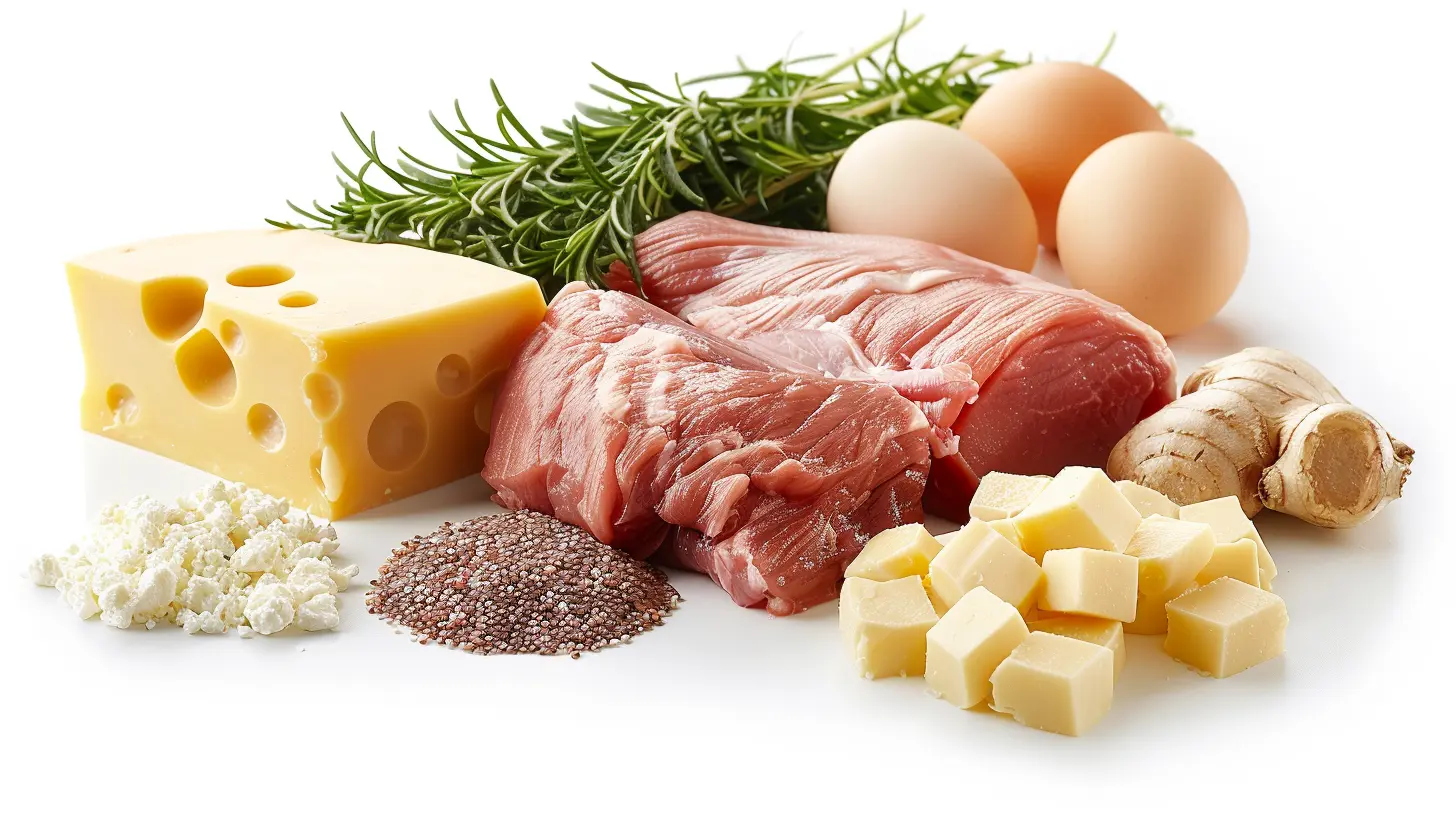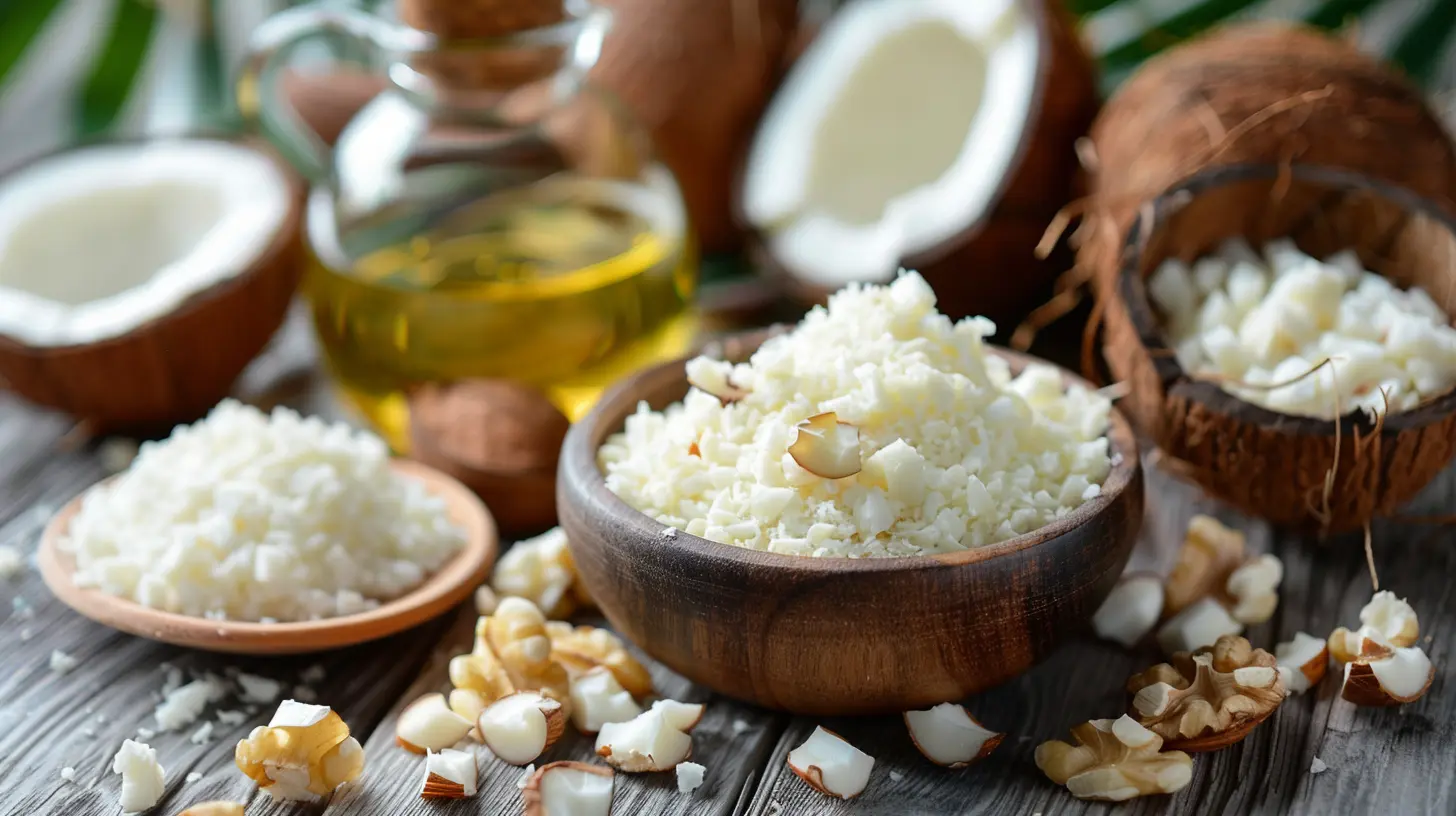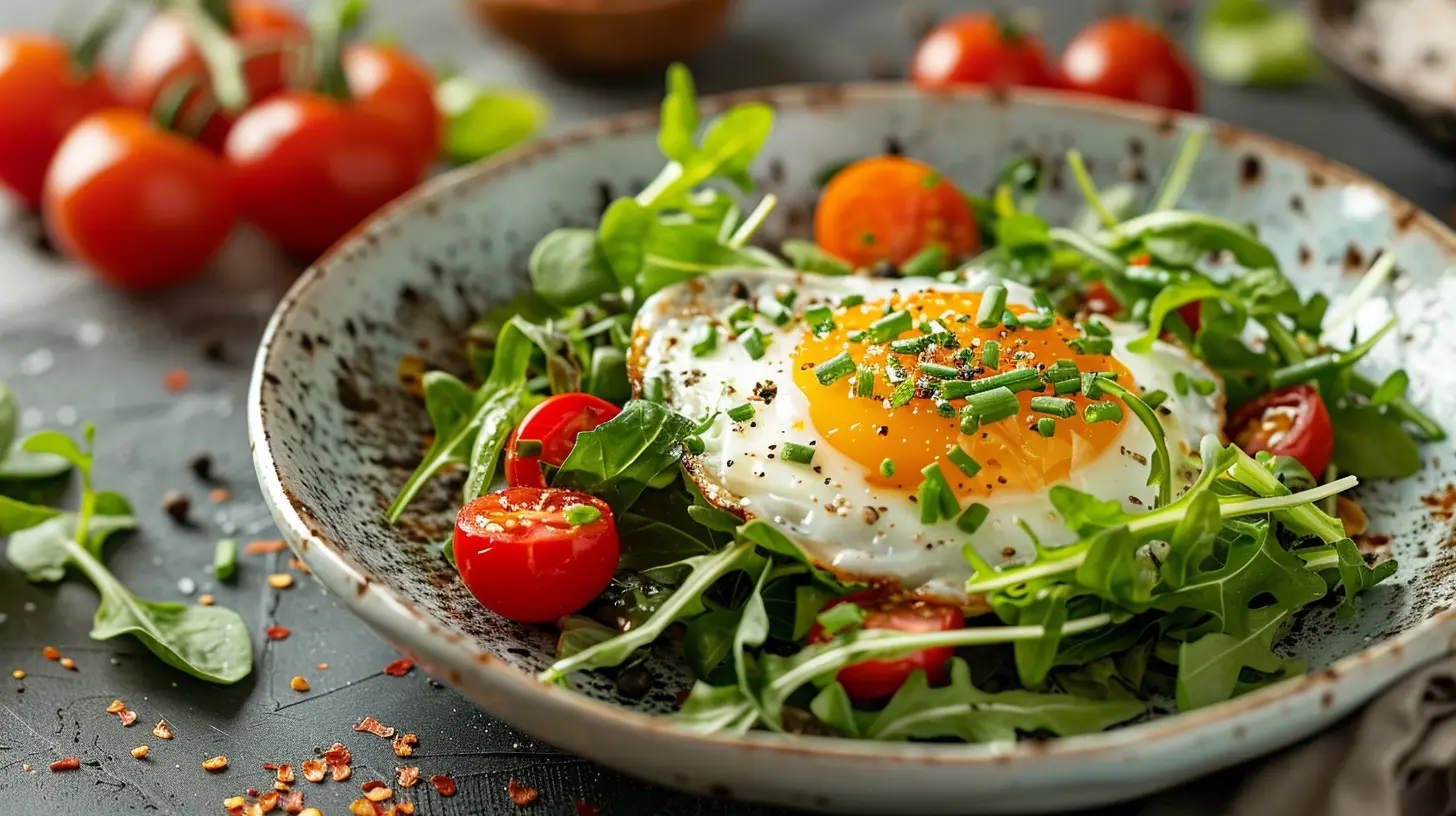Healthy Fats to Include in Your Low Carb Diet
9 November 2025
Let’s face it – for years, we were told fat was the enemy. “Low-fat this,” “fat-free that” – it was all the rage. But here we are in 2024, and guess what? Fat's making a comeback! More specifically, the right kind of fat. If you’re riding the low-carb train (choo choo!), then healthy fats are basically your new besties. They're not just allowed – they’re encouraged.
So grab your avocados and olive oil, and let’s dive into the wonderfully greasy (in a good way) world of healthy fats that’ll keep you full, focused, and firmly on track with your low-carb lifestyle.
Wait, Fat is Healthy Now?
Yup, it’s true. Not all fat is created equal. Think of fats like people you meet at a party. Some are fun and uplifting (hello, monounsaturated fats!), while others are toxic energy suckers (we’re looking at you, trans fats).Healthy fats are essential for hormone production, brain health, energy levels, and they even help your body absorb fat-soluble vitamins like A, D, E, and K. Plus, they make food taste like actual food, not cardboard.
Why Healthy Fats Work So Well With Low Carb Diets
Here’s the deal – when you cut carbs, your body starts looking for another energy source. Enter fat. And not just any fat – we want the good guys. Healthy fats give your body the fuel it needs to thrive when carbs are low. They help keep you full, reduce sugar cravings, and stabilize your blood sugar like a pro.Also, let’s not ignore the deliciousness factor. Low carb is a whole lot easier when you can enjoy creamy dressings, buttery veggies, and sizzling bacon (in moderation, of course).
Types of Healthy Fats
Before you start guzzling coconut oil like it's your morning coffee, let’s break down the types of healthy fats and how they fit into a low-carb diet.1. Monounsaturated Fats (MUFAs)
These are the cool kids of the fat world. Monounsaturated fats are known for their heart-healthy powers, anti-inflammatory benefits, and ability to regulate blood sugar.Top sources:
- Avocados 🥑 (yes, your avocado toast can make a comeback – minus the toast, sorry)
- Olive oil (extra virgin if you’re feeling fancy)
- Nuts like almonds, cashews, and macadamias
- Nut butters – just make sure they’re not loaded with sugar
These fats are easy to love. Drizzle olive oil on a salad, mix avocado into a smoothie (trust me, it’s creamy magic), or snack on a handful of almonds when your stomach starts growling like a hungry bear.
2. Polyunsaturated Fats (PUFAs)
These include omega-3 and omega-6 fatty acids – both essential, but with a twist. Most people get way too many omega-6s (hello, processed oils) and not enough omega-3s, which are your real health heroes.Focus on these omega-3 sources:
- Fatty fish like salmon, sardines, and mackerel
- Chia seeds and flaxseeds
- Walnuts (a delicious overachiever)
Omega-3s are like the personal trainers for your cells – they keep inflammation down and brain power up. Aim to include these in your meals a few times a week.
3. Saturated Fats – Wait, What?
Here’s where it gets a little controversial. Saturated fat has been demonized for decades, but recent research is showing it’s not the villain we once thought it was – especially when it comes from clean, whole-food sources.Best sources:
- Coconut oil
- Grass-fed butter or ghee
- Fatty cuts of meat (as long as they’re not processed mysteries)
- Full-fat dairy from organic or pasture-raised animals
The key here is quality. Think butter churned by hand by someone named Martha on a sunny dairy farm. Okay, maybe not that specific, but you get the idea.
The Dirty Details: Fats to Avoid Like That One Ex
Not all fat gets a gold star. Some fats are downright shady.Avoid:
- Trans fats (found in margarine, baked goods, and processed snacks)
- Highly refined vegetable oils (canola, soybean, corn – they sound healthy but they're sneaky troublemakers)
These fats are inflammatory and mess with your metabolism like a clumsy pickpocket. Just back away slowly and no one gets hurt.
How Much Fat Should You Eat on a Low Carb Diet?
Ah, the age-old question: “How much fat can I eat without turning into a stick of butter?” The answer? It depends on your goals.If you’re doing a standard low-carb or moderate keto approach, fat will likely make up about 60–75% of your calories. That sounds like a lot, but remember – fat is calorie-dense. A little goes a long way.
Here’s a snazzy example for context:
- 1 tbsp of olive oil = 120 calories
- 1 medium avocado = 240 calories
- 1 oz of almonds = 160 calories
So while you should add healthy fats, you don’t need to bathe in them. Portion control still matters, my friend.
Creative and Tasty Ways to Add Healthy Fats to Your Plate
Alright, so we've praised healthy fats enough. Let’s talk about how you can get more of these into your meals without feeling like you're eating a tub of lard.🥑 Add Avocado to EVERYTHING
Salads, smoothies, burgers, even chocolate mousse – avocado’s silky texture works everywhere. Plus, it makes you feel like you're eating like a wellness influencer with a yoga mat collection.🐟 Eat Oily Fish Twice a Week
Grill up some salmon, toss sardines on a salad, or blend smoked mackerel into a dip. It's like brain food in a shiny, scaly package.🥥 Cook with Coconut Oil
It handles high heat like a champ, and adds a subtle tropical flavor. Perfect for stir-fries or adding to low-carb baked goods.🧈 Butter Up Your Veggies
Roast some broccoli or brussels sprouts with butter or ghee, then sprinkle with sea salt. You’ll be snacking before it even hits the plate.🥜 Go Nuts (But Not Too Nuts)
Almonds, macadamias, and pecans are solid snack options. Just don’t devour the whole bag in one go – easier said than done, I know.What About Supplements?
If you’re into the whole “just pop a pill and go” vibe, omega-3 supplements like fish oil or krill oil can help you hit your healthy fat goals. But food first, always. Supplements are like the backup dancers – helpful, but not the star of the show.Fats and Weight Loss – Can They Really Help?
You bet. One of the biggest perks of healthy fats is that they keep you full and satisfied. No more mid-afternoon slumps where you're staring down a vending machine like it's a buffet.Plus, when your body is in ketosis (for you keto folks), it's literally running on fat. That means every tablespoon of quality oil or scoop of guac is like premium gasoline for your metabolism.
A low-carb diet high in healthy fats also helps regulate insulin, which can reduce cravings, stabilize energy, and help with fat loss. And let's be real – it's easier to stick to a plan when it includes creamy sauces and buttery vegetables.
Common Myths Busted (Let’s Set the Record Straight)
🚫 Myth #1: Eating Fat Makes You Fat
Nope! Eating fat doesn’t automatically translate to gaining weight – excess calories do. When consumed in the right amounts and forms, fat can actually boost weight loss on a low carb plan.🚫 Myth #2: All Saturated Fats Are Bad
That’s old-school thinking. The source and context matter more than the blanket label. Coconut oil in moderation? Great. Deep-fried mystery meat? Not so much.🚫 Myth #3: Low Fat Is Always Healthier
Spoiler alert: Many “low-fat” foods are loaded with sugar and additives to make up for the lack of, well, flavor. Whole, natural fats win every time.Final Thoughts: Embrace the Fat Life (Responsibly)
Look, embracing fat might go against everything you’ve learned in the past, but trust me – it’s the secret sauce to thriving on a low-carb diet. Not only does it make your meals way more delicious, but it also supports your body in ways tofu and rice cakes simply can’t.Just remember:
- Stick with whole, unprocessed fat sources
- Mind your portions (fat adds up, fast)
- Balance your omega-3s and omega-6s
- Avoid sketchy processed fats like the plague
And above all – enjoy your food! Because life’s too short to be scared of butter.
all images in this post were generated using AI tools
Category:
Low Carb DietAuthor:

Holly Ellison
Discussion
rate this article
1 comments
Merida McMillen
Get ready to embrace avocados and nuts—your taste buds and waistline will thank you!" 🥑✨
November 10, 2025 at 4:14 AM

Holly Ellison
Absolutely! Avocados and nuts are not only delicious but also packed with healthy fats that support a low-carb lifestyle. Enjoy! 🥑✨


